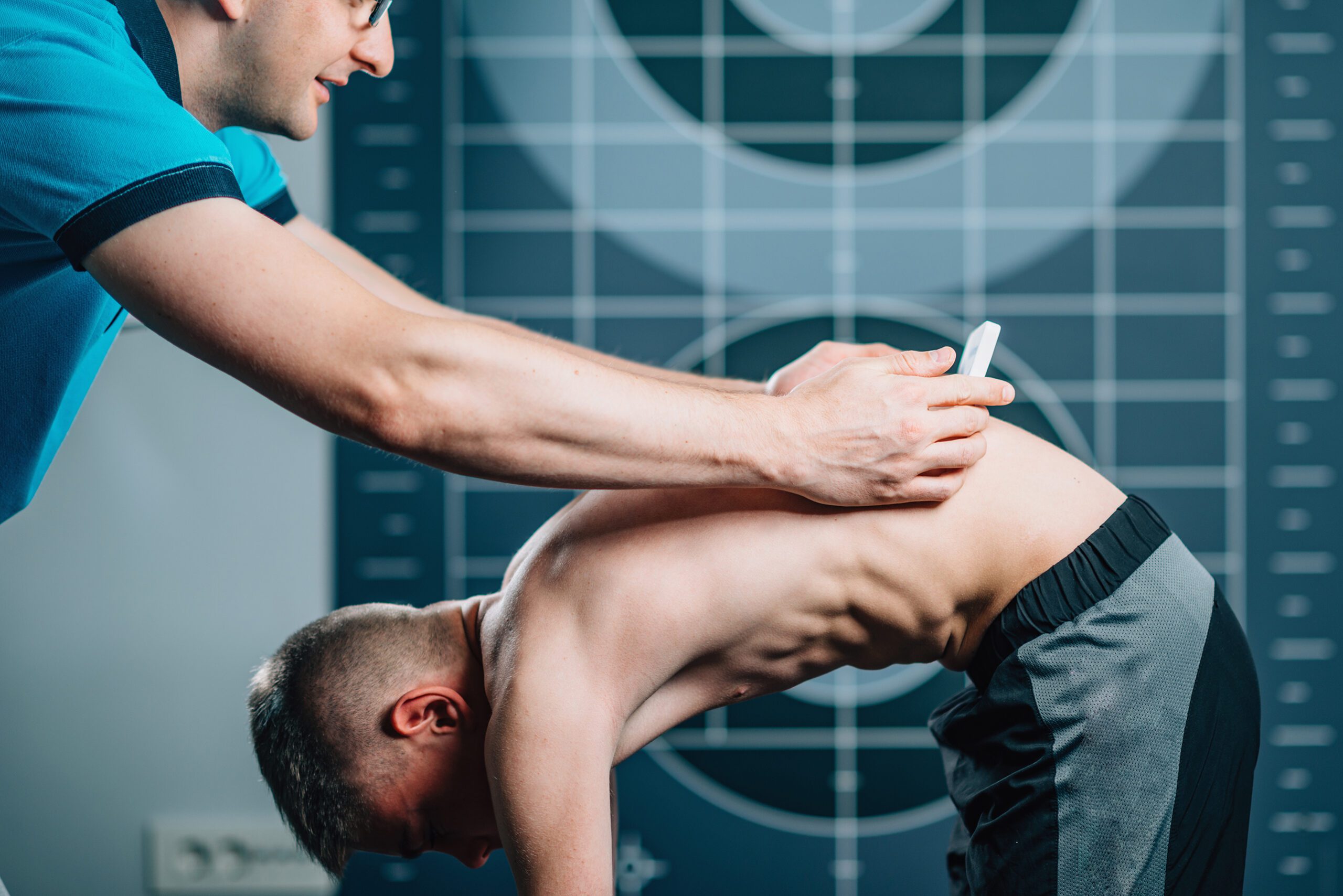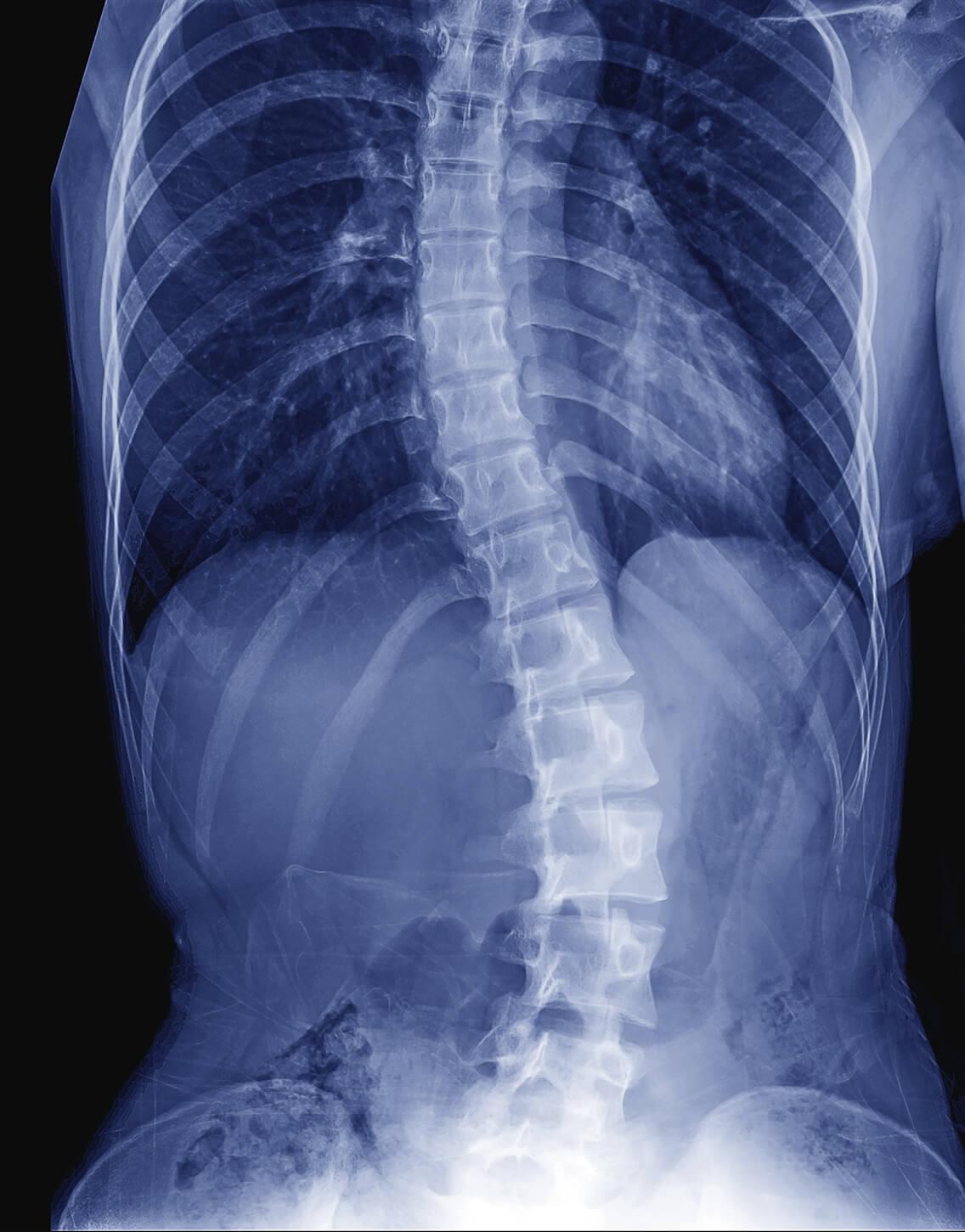What is Scoliosis?
Scoliosis is a medical condition characterized by an abnormal sideways curvature of the spine. Instead of a straight line down the middle of the back, the spine curves to the side, forming an “S” or “C” shape. This curvature can range from mild to severe and can occur at any age, but it often develops during the growth spurt just before puberty.
There are different types of scoliosis:
-
Idiopathic scoliosis: This is the most common type and occurs without a known cause. It can develop in children, adolescents, or adults.
-
Congenital scoliosis: This type of scoliosis is present at birth and is due to abnormal development of the spine in the womb.
-
Neuromuscular scoliosis: It occurs in individuals who have conditions affecting the muscles or nerves, such as cerebral palsy or muscular dystrophy.
-
Degenerative scoliosis: This type usually develops in older adults as a result of wear and tear on the spine due to aging.
The signs and symptoms of scoliosis can vary based on the severity of the curvature. They might include uneven shoulders or waist, leaning to one side, one shoulder blade that appears more prominent than the other, or back pain.
Treatment for scoliosis depends on various factors, including the severity of the curve, the age of the individual, and the likelihood of the curve progressing. Mild cases may only require observation, while more severe cases might need bracing or surgery to correct the curvature.
It’s essential for individuals suspected of having scoliosis to seek medical evaluation and treatment from healthcare professionals, such as orthopedic surgeons or spine specialists, to manage the condition effectively. Early detection and intervention can often help prevent the progression of the curvature and manage associated symptoms.


What is Scoliosis Surgery?
Scoliosis surgery is a procedure performed to correct severe spinal curvature caused by scoliosis. It’s typically considered when the curvature progresses significantly, causing pain, difficulty breathing, or impacting the individual’s quality of life. Surgery is usually recommended for cases where the curve measures greater than 40-50 degrees and continues to progress despite other treatments like bracing.
The surgical procedure aims to straighten the spine as much as possible and prevent further progression of the curve. The specific type of surgery performed depends on various factors including the severity and location of the curvature, the individual’s age, and overall health.
There are different surgical techniques used in scoliosis correction:
-
Spinal Fusion: This is the most common type of surgery for scoliosis. During a spinal fusion, the surgeon straightens the spine using rods, screws, and/or hooks attached to the vertebrae. Small pieces of bone (either taken from the patient’s body or from a bone bank) are placed along the spine to encourage the vertebrae to grow together, or fuse, over time. This fusion prevents the curve from worsening.
-
Instrumentation: Modern instrumentation techniques involve the use of specialized devices like rods, screws, and hooks made of materials such as titanium. These instruments help correct and stabilize the spine while the fusion takes place.
-
Minimally Invasive Surgery: In some cases, minimally invasive techniques may be employed, which involve smaller incisions and specialized instruments. This approach can lead to reduced blood loss, faster recovery, and less post-operative pain compared to traditional open surgery.
Recovery from scoliosis surgery can take time, typically several months to a year, depending on the individual’s age, health, and the complexity of the procedure. Physical therapy and rehabilitation are often crucial parts of the recovery process to help regain strength, flexibility, and mobility.
As with any surgery, scoliosis surgery carries risks such as infection, blood loss, nerve damage, or complications with anesthesia. Patients considering surgery should discuss the potential risks and benefits thoroughly with their healthcare providers to make an informed decision about their treatment options.
For more information on Scoliosis please visit WebMed or speak with a medical professional. The information contained on this page is not intended to be used to diagnose or treat any condition.

